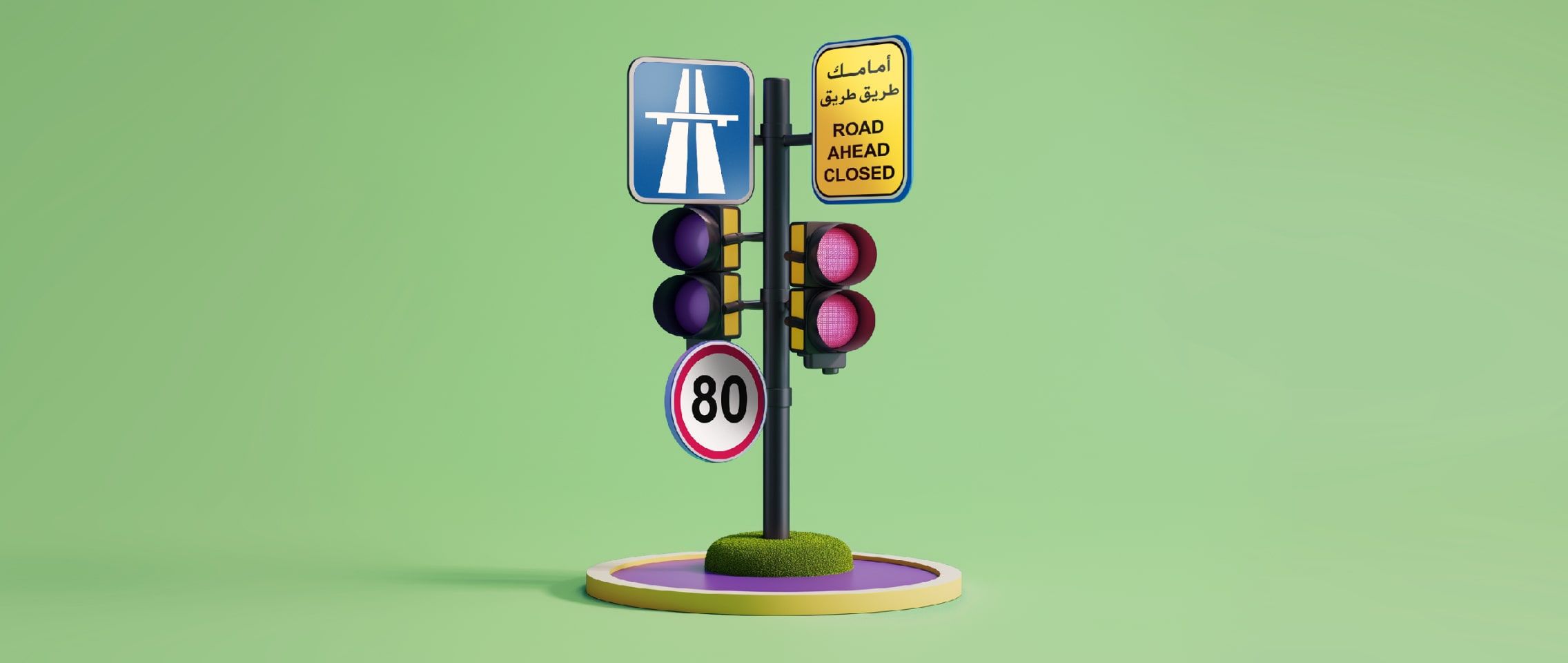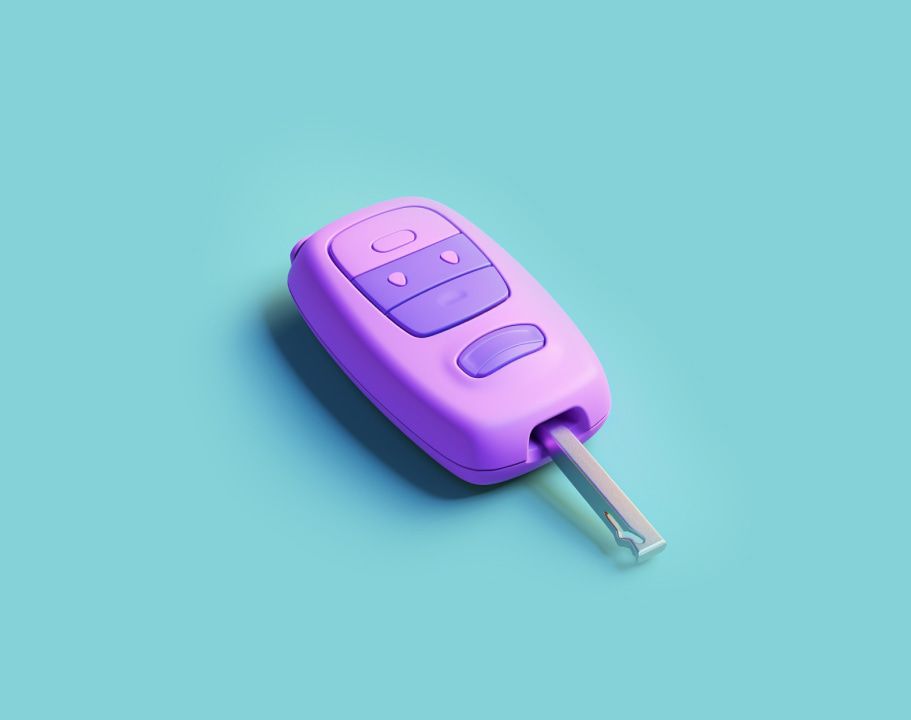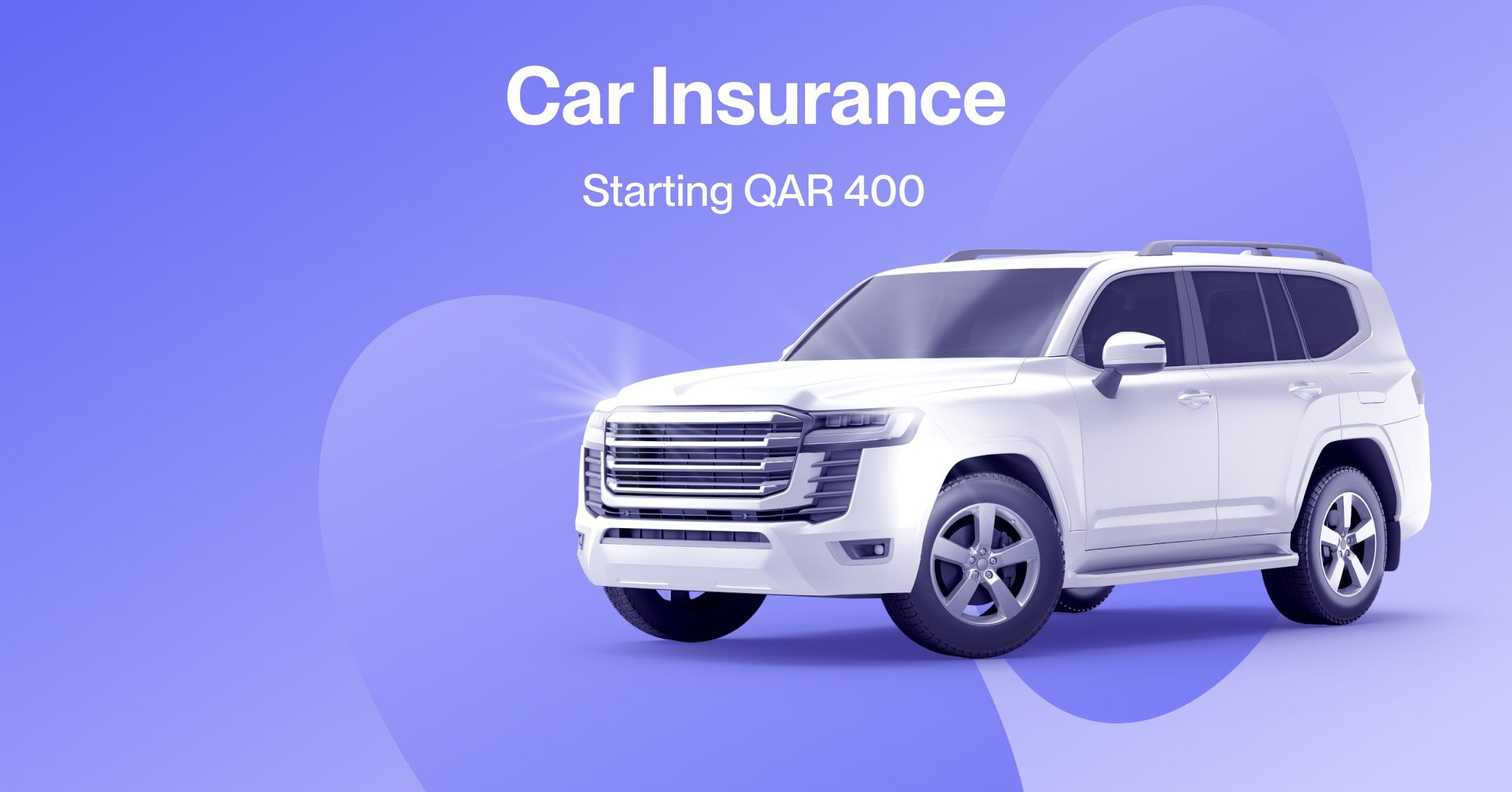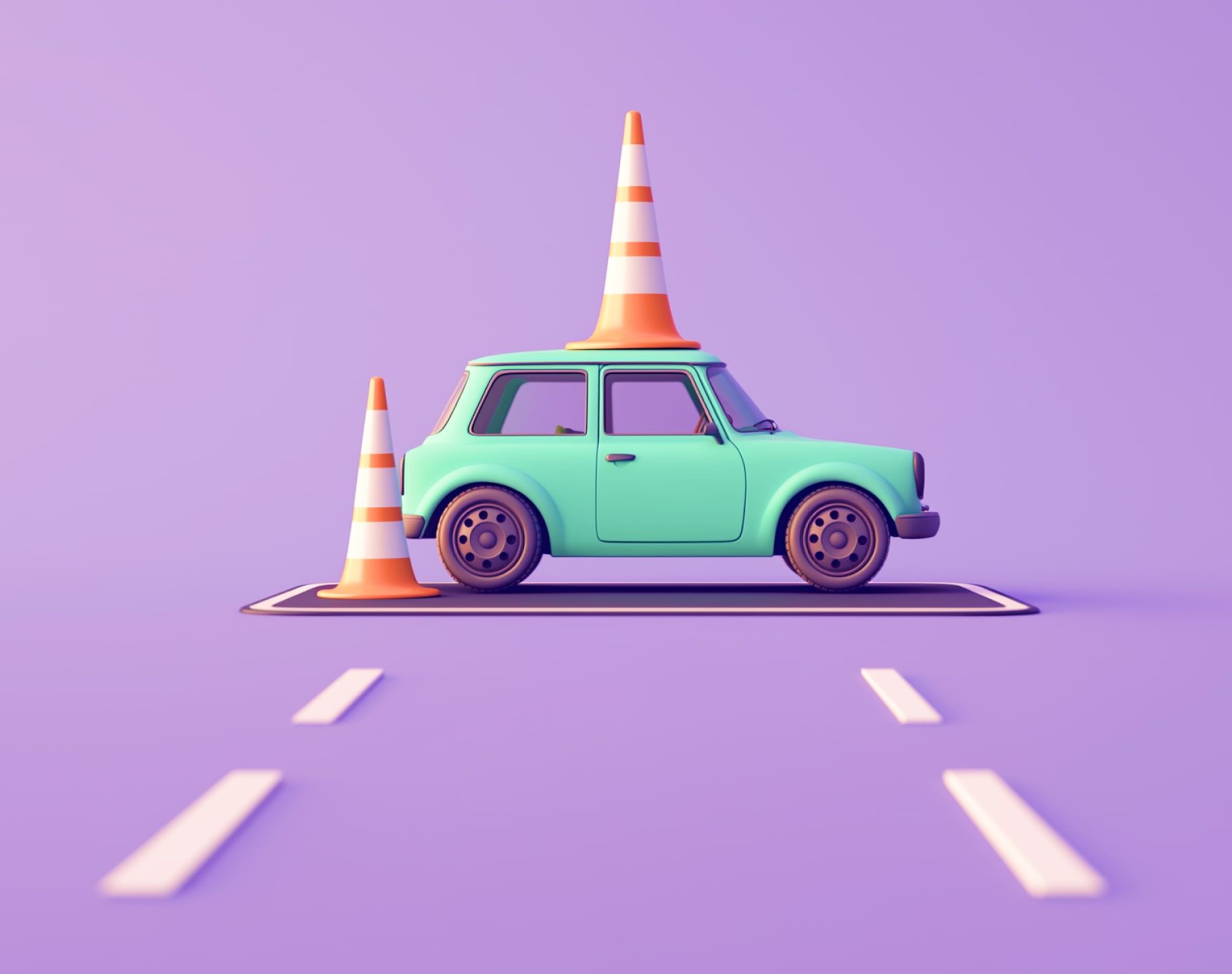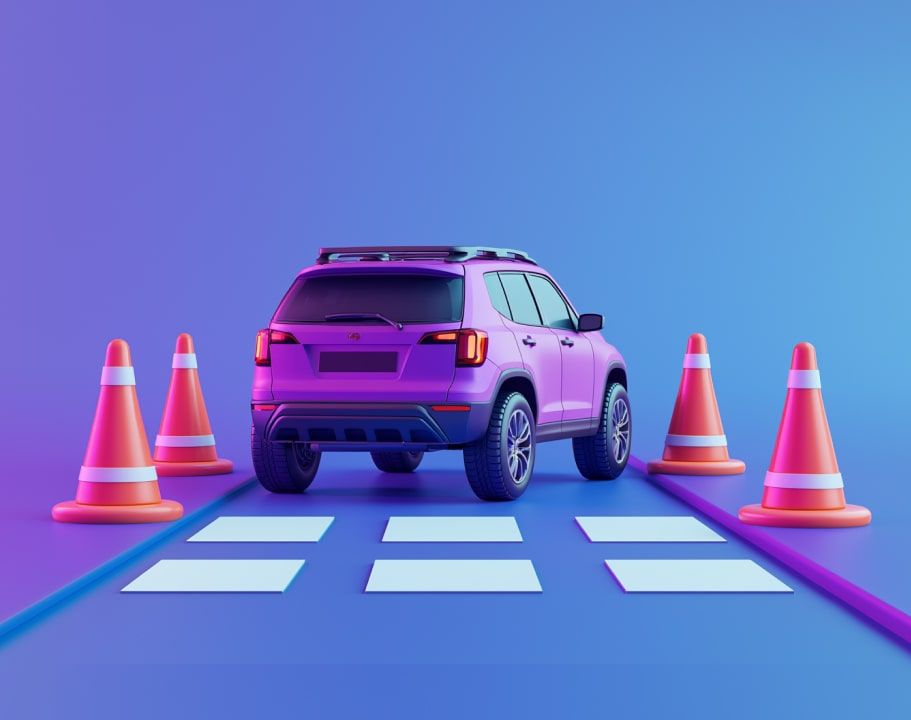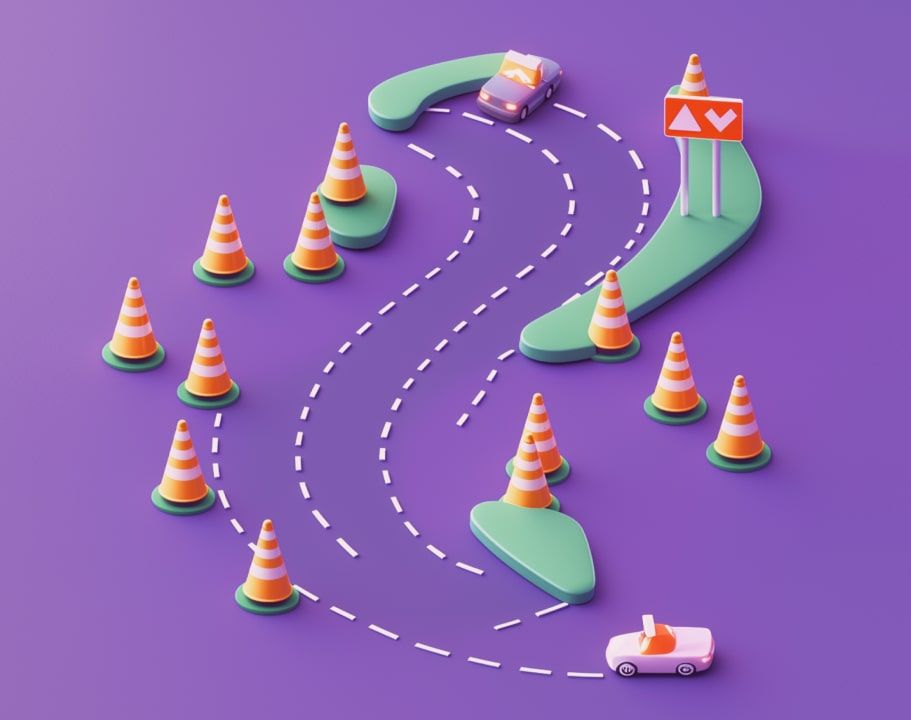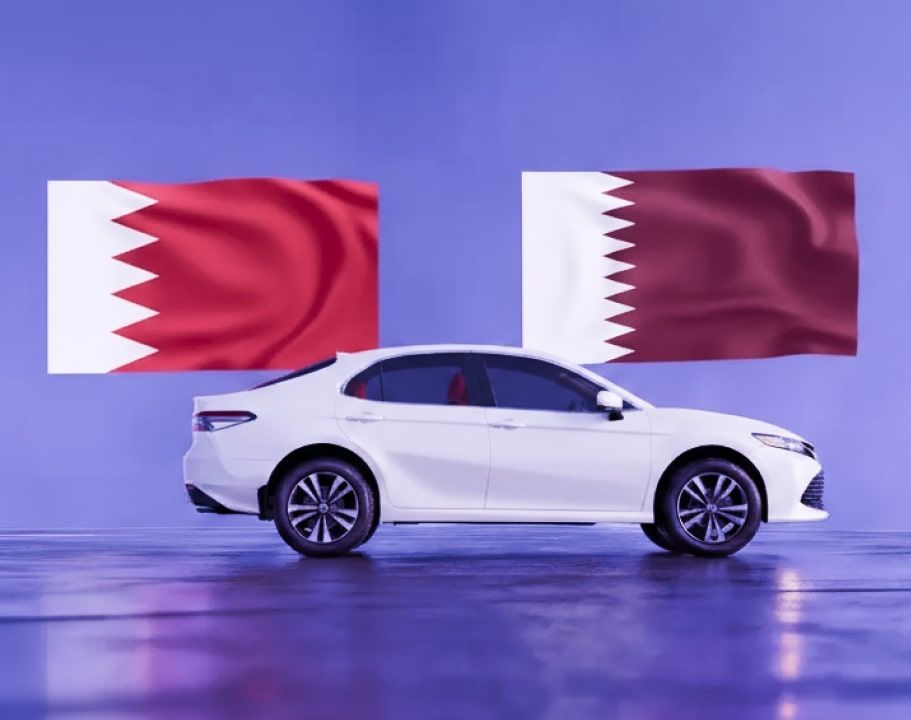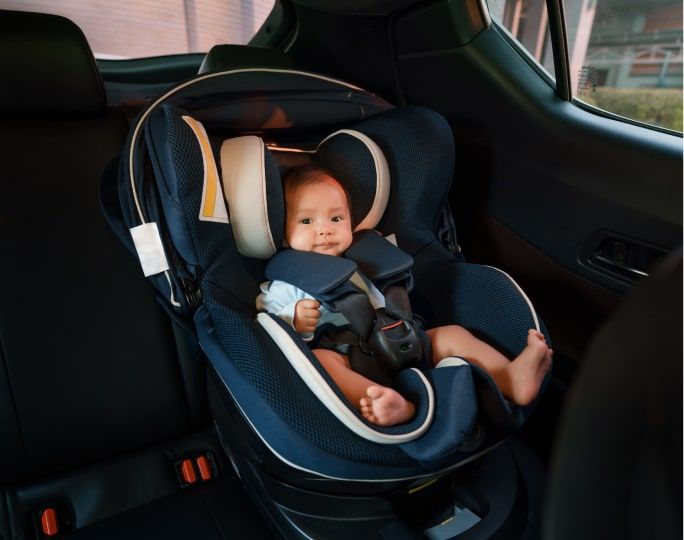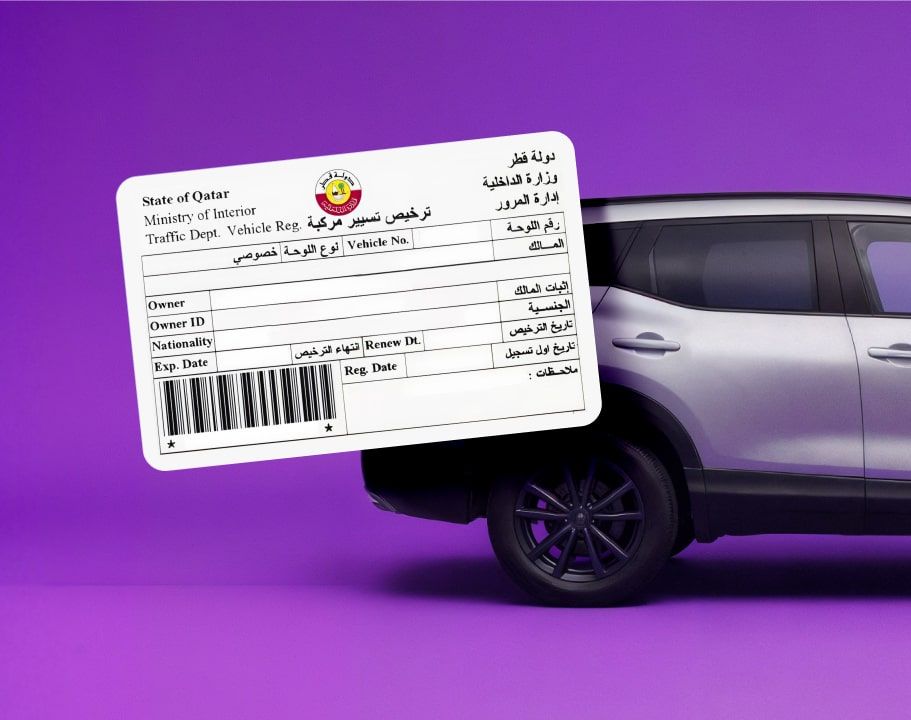Contents
Understanding Qatar traffic signs is essential, whether you’re a learner at a driving school or a long-time driver navigating Doha’s intersections. Instead of listing every sign in a dry format, this guide focuses on Qatar's most useful and commonly seen road signs, helping you stay aware, safe, and confident.
Regulatory signs: What you can or cannot do
These signs are among the most important and frequently encountered on Qatar roads. They tell you what is required (mandatory) or forbidden (prohibited). Most are circular in shape, with red borders for prohibitions and blue backgrounds for mandatory actions.
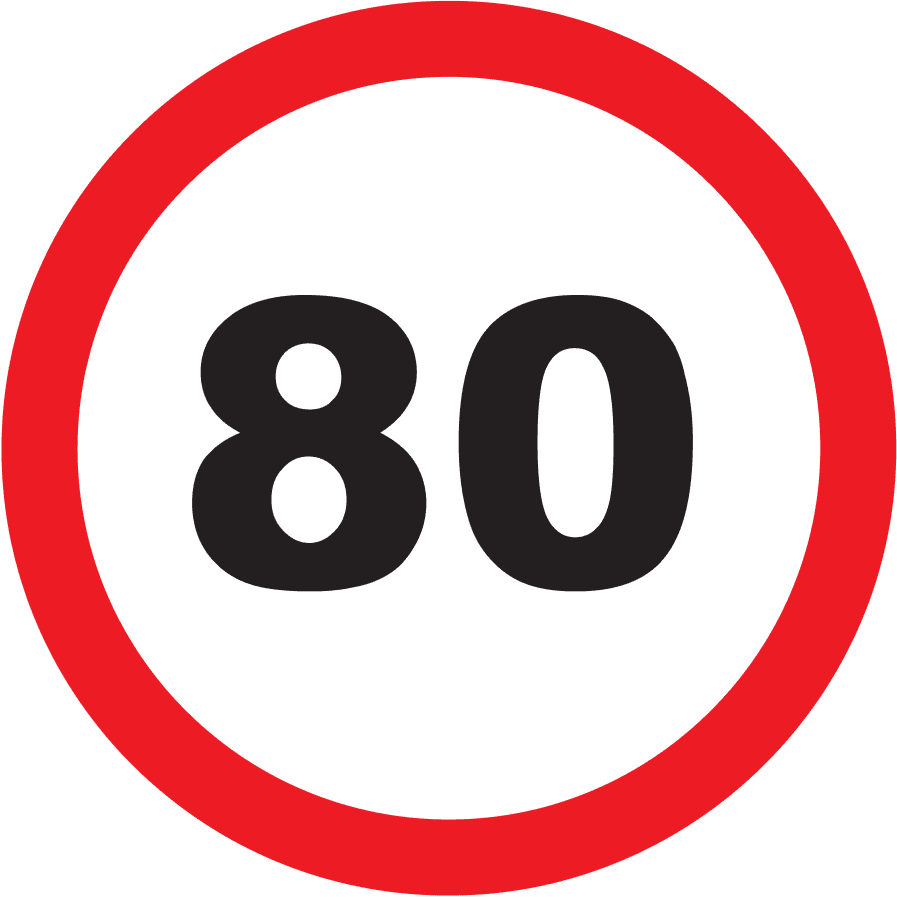
Speed Limit Sign: A circular sign with a red border and a number inside representing the maximum permitted speed in kilometers per hour. Drivers must not exceed this speed, as it is enforced to ensure safe travel conditions, especially in high-risk zones like city roads, highways, or near schools.
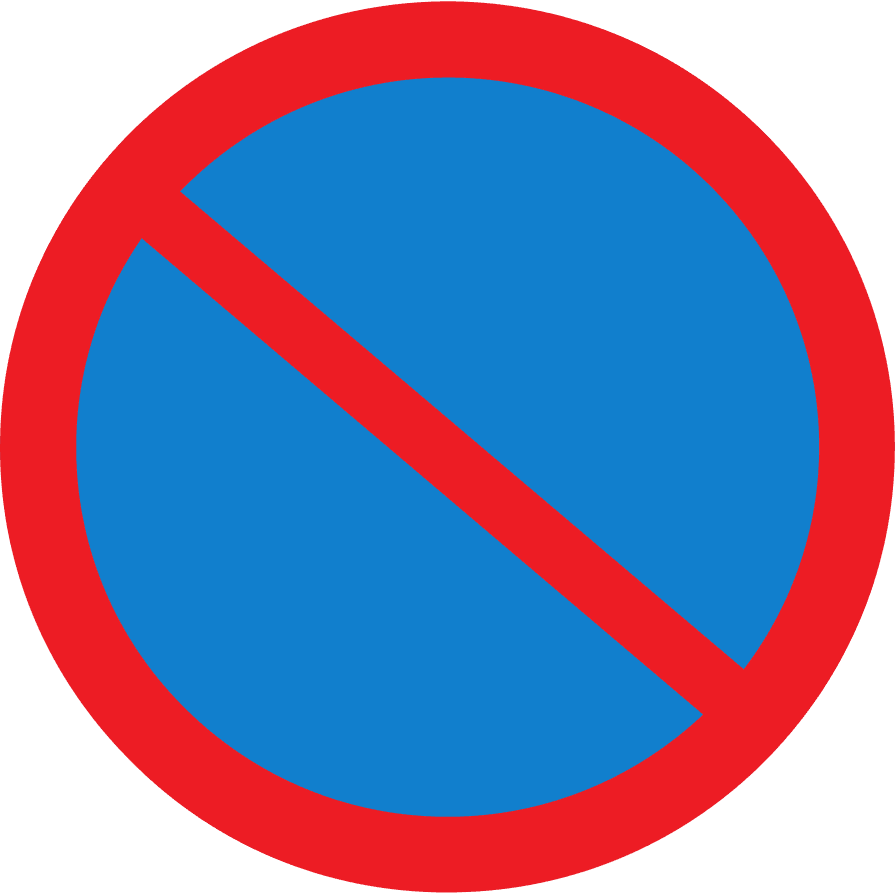
No Parking: A circular sign with a red border and a blue background, crossed by a red diagonal line. It indicates areas where parking is prohibited, commonly placed near curbs, driveways, intersections, or commercial zones to ensure smooth traffic flow and access.
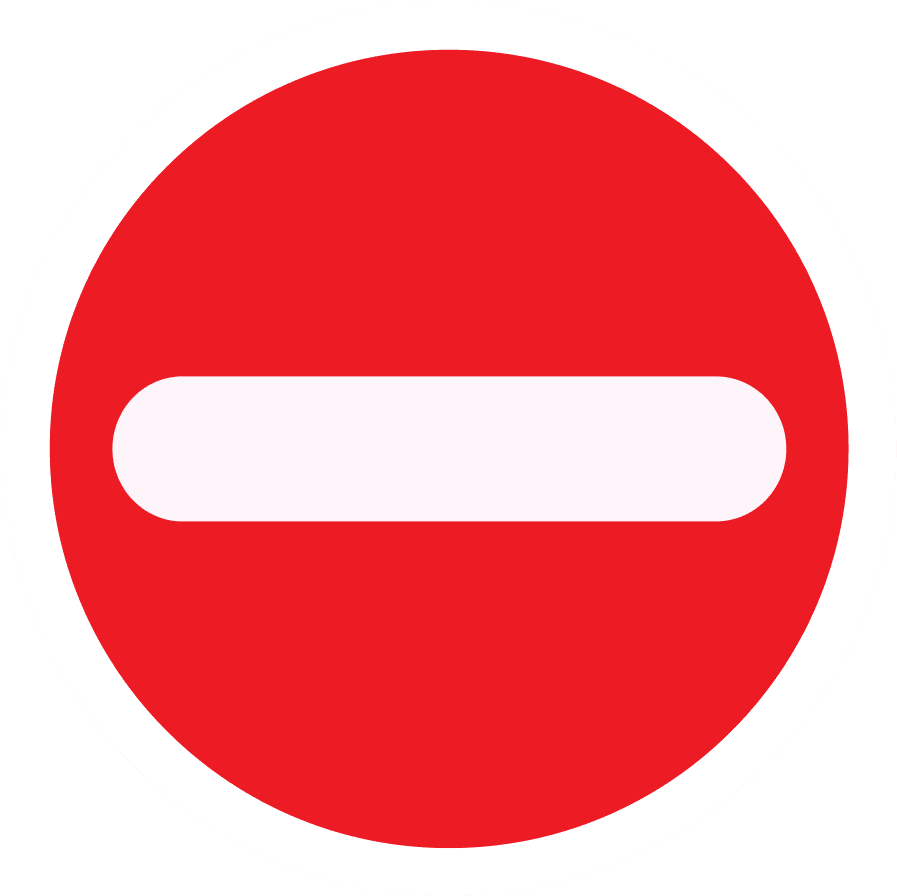
No Entry: A red circle with a horizontal white bar across the center, signaling that entry is strictly prohibited from that direction. Typically found at one-way streets or restricted zones, it helps prevent wrong-way driving.
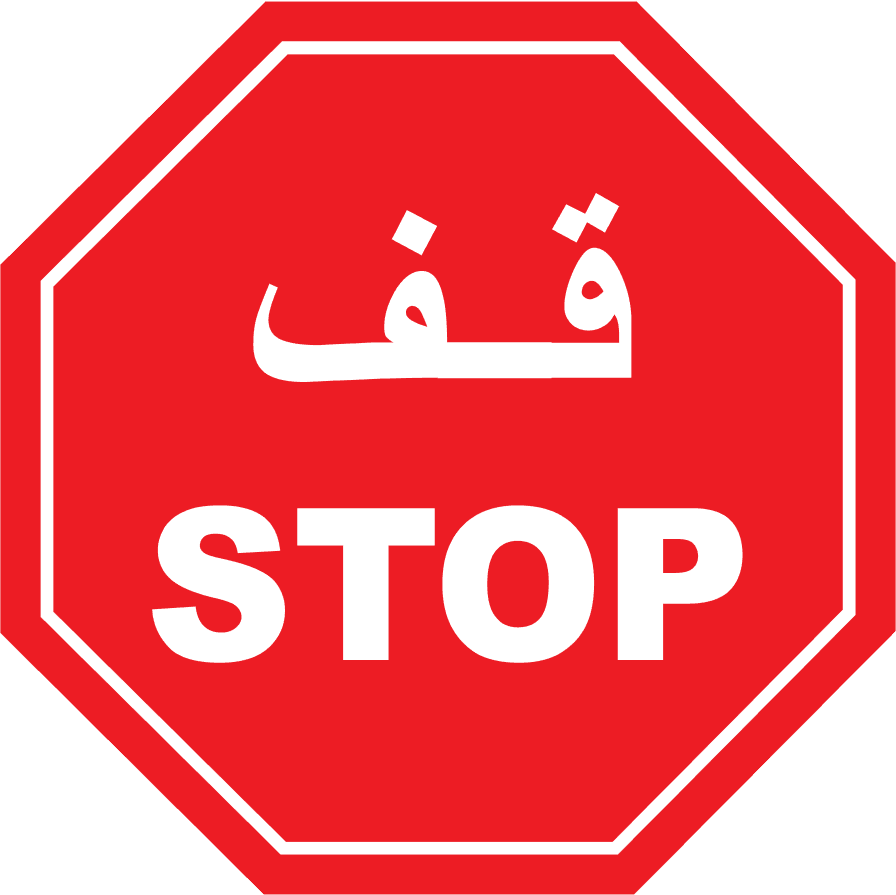
Stop Sign: An octagonal red sign bearing STOP in Arabic and English. It requires drivers to come to a complete halt and yield to cross traffic before proceeding. Positioned at intersections, it enhances safety and reduces the risk of collisions.
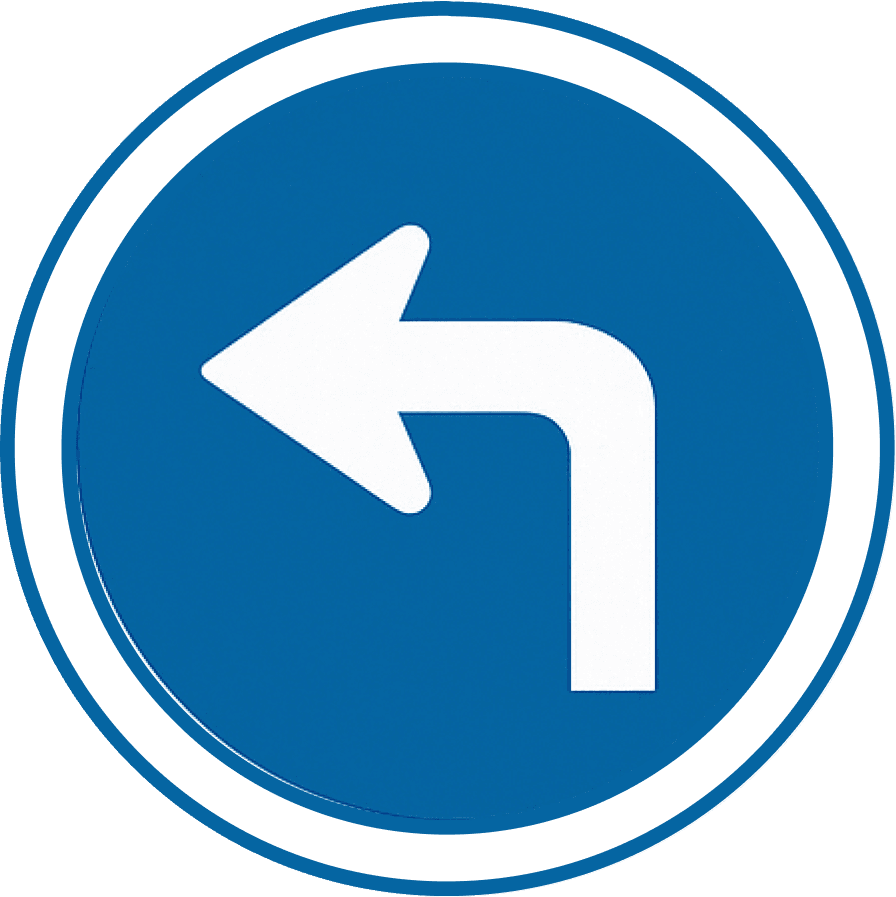
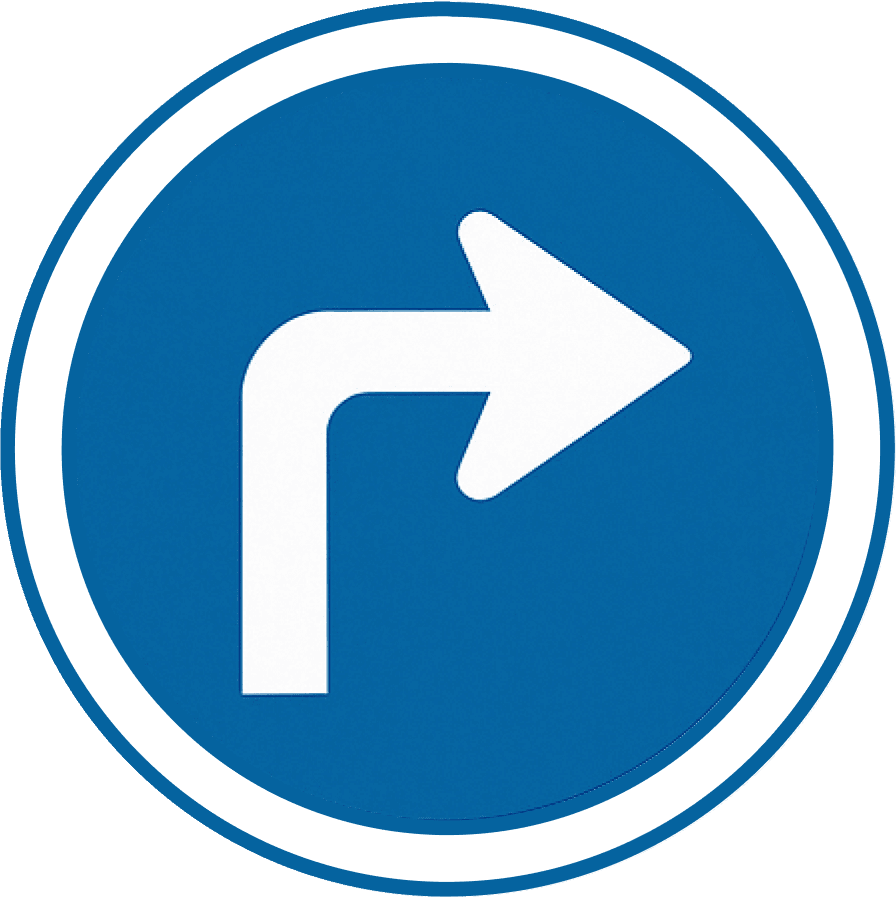
Turn Left/Right Only: Blue circular signs featuring white arrows pointing left/right enforce mandatory directional movement. These signs are typically installed at intersections or junctions where turning is the only legal option. They are considered one of the mandatory Qatar traffic signs.

U-Turn Prohibited: A red-bordered circular sign showing a curved arrow (indicating a U-turn) crossed by a red diagonal line. It marks zones where U-turns are not allowed, such as near medians or junctions, for the sake of safety and traffic flow.
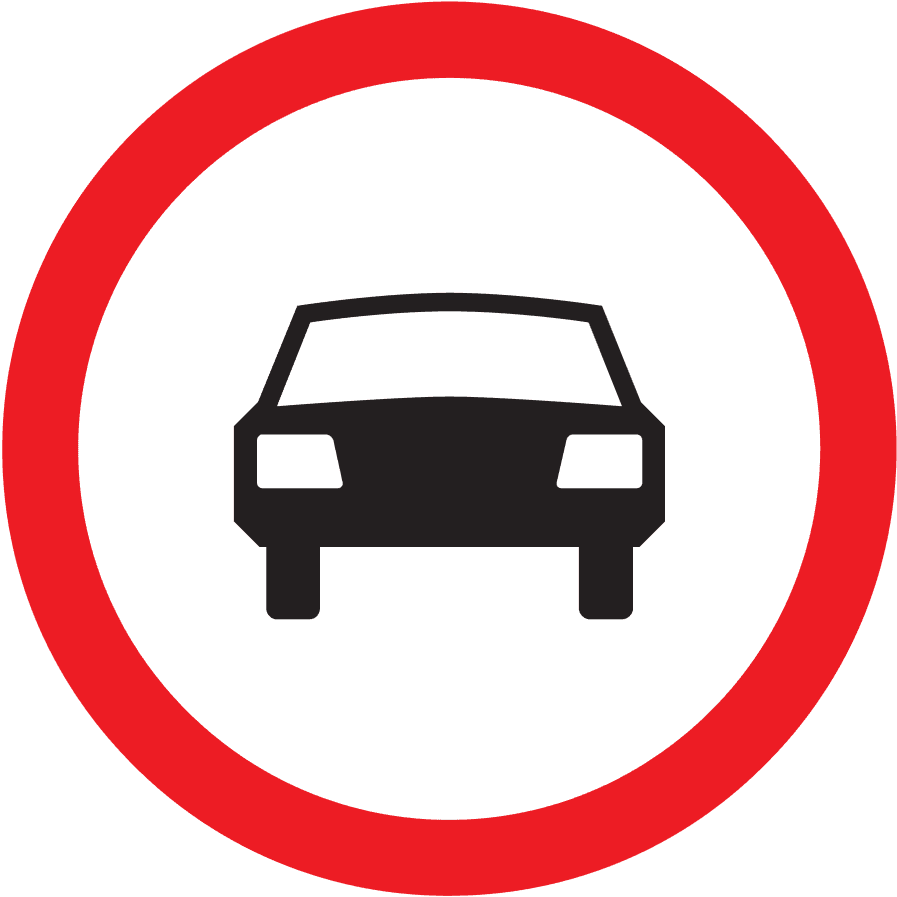
Vehicles Prohibited: A round sign with a black car emblem in the middle and a red border. Often seen in pedestrian-only zones or construction sites, it signals that motor vehicles are not permitted beyond this point.
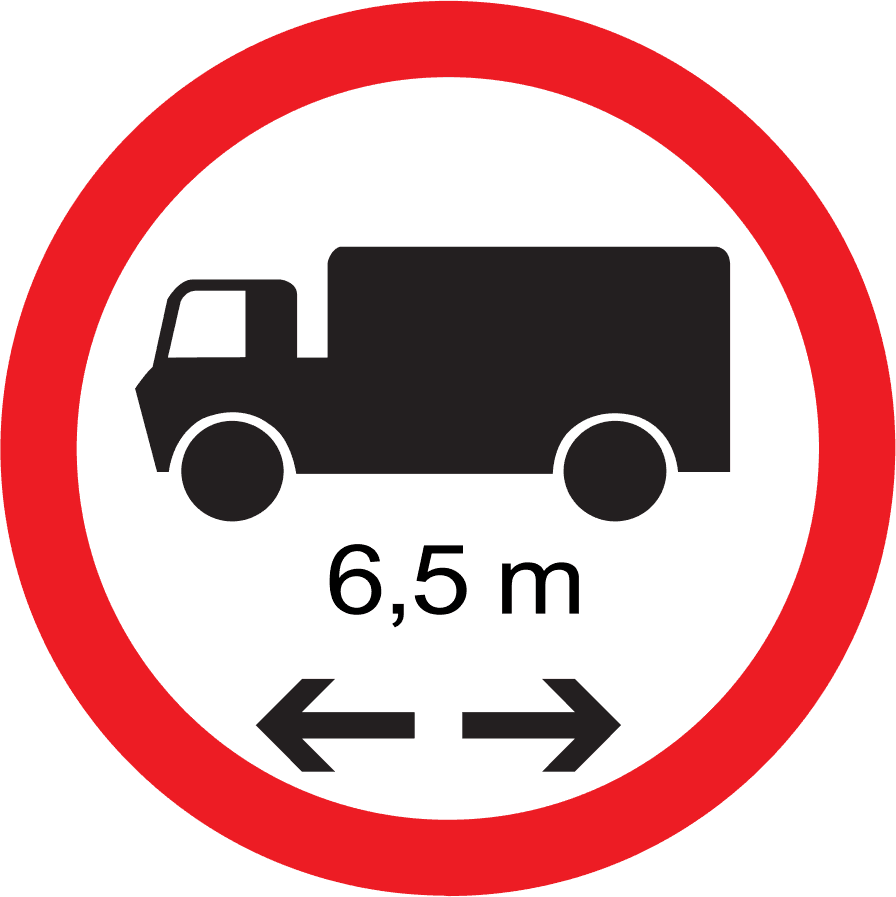
Length Limit: A red-bordered circular sign displaying a vehicle silhouette with a specified length inside (e.g., 6.5 m). It restricts access to vehicles exceeding the indicated length, usually found near tunnels, narrow bridges, or restricted roads.
These signs are typically located at intersections, highway ramps, urban centers, and near government buildings. Ignoring them often results in fines or points on your license.
Warning signs: Pay attention ahead
Warning signs are triangular with red borders and yellow or white backdrops. These signs are your early warnings. They’re commonly seen before sharp curves, construction zones, pedestrian-heavy areas, and school crossings. Safe driving depends on being attentive to these signs, particularly on rural or unknown routes.
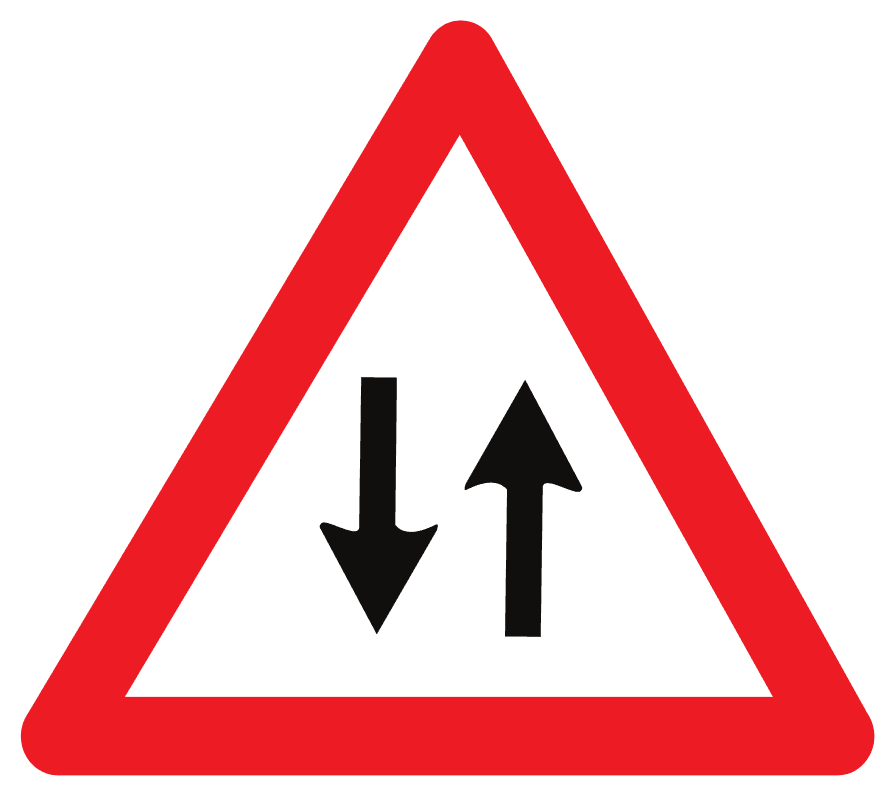
Two-Way Road Ahead Sign: A triangle caution sign with two black arrows pointing in opposing directions. It alerts vehicles to a stretch of road where traffic flows in both directions, thereby needing more attention when turning or passing.
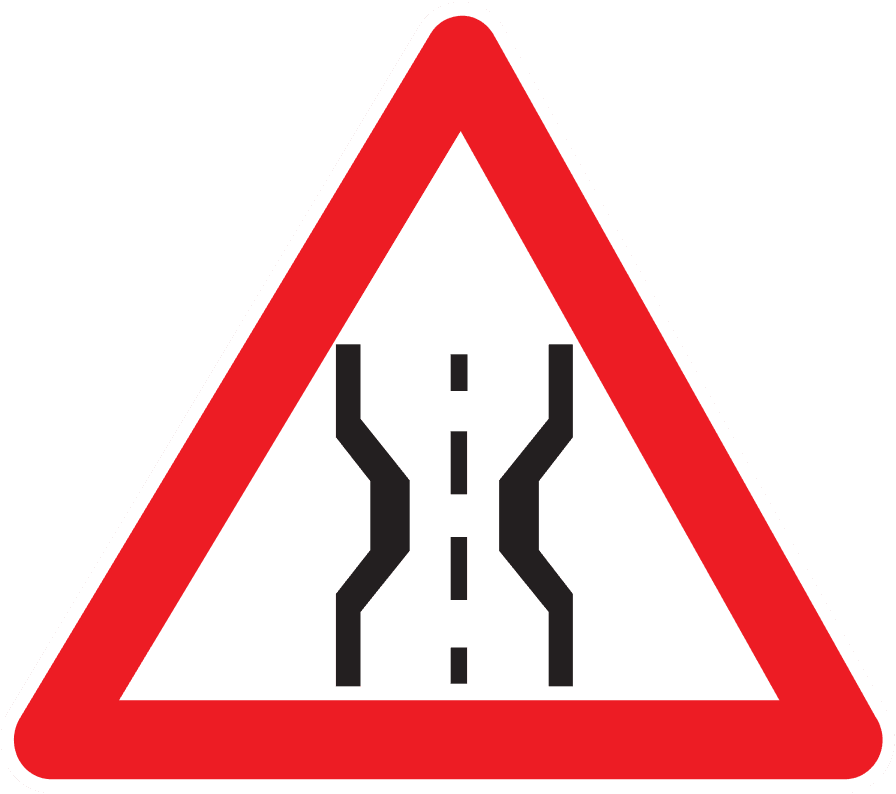
Bridge Narrowing in Two Directions Ahead: A triangular warning sign indicating that the road narrows from both sides ahead. Common in older or narrow bridges, it alerts drivers to reduce speed and proceed cautiously, especially when passing oncoming vehicles or approaching from wider lanes.
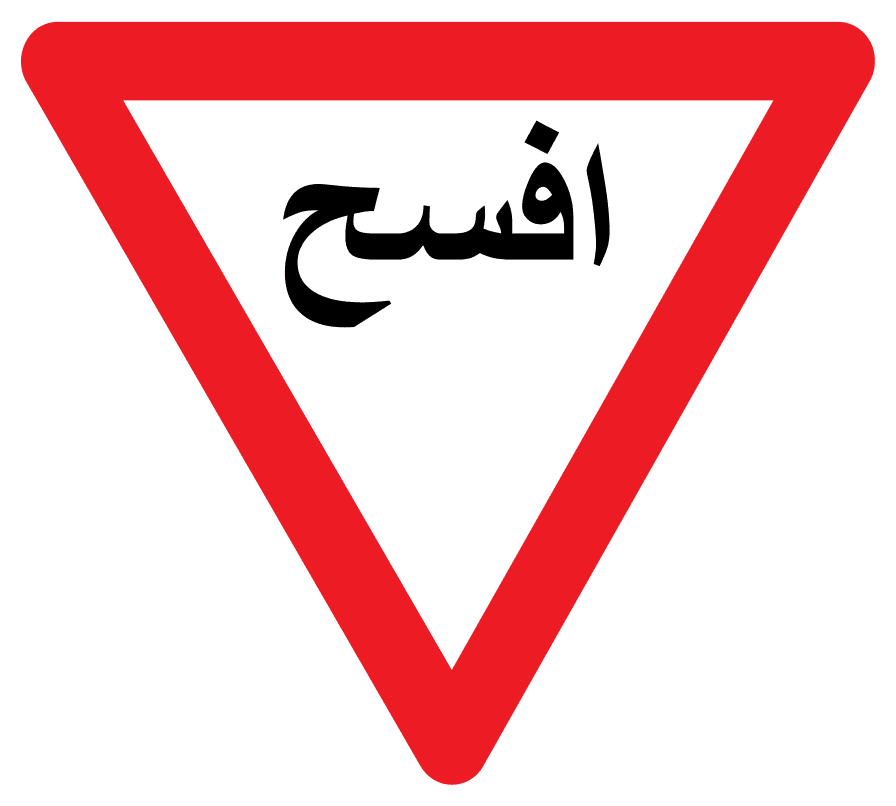
Give Way Sign: An inverted triangle with a red border and a white interior with the words "GIVE WAY" in Arabic. It instructs drivers to yield to vehicles on the main road or intersection before proceeding, commonly placed where minor roads meet major ones.
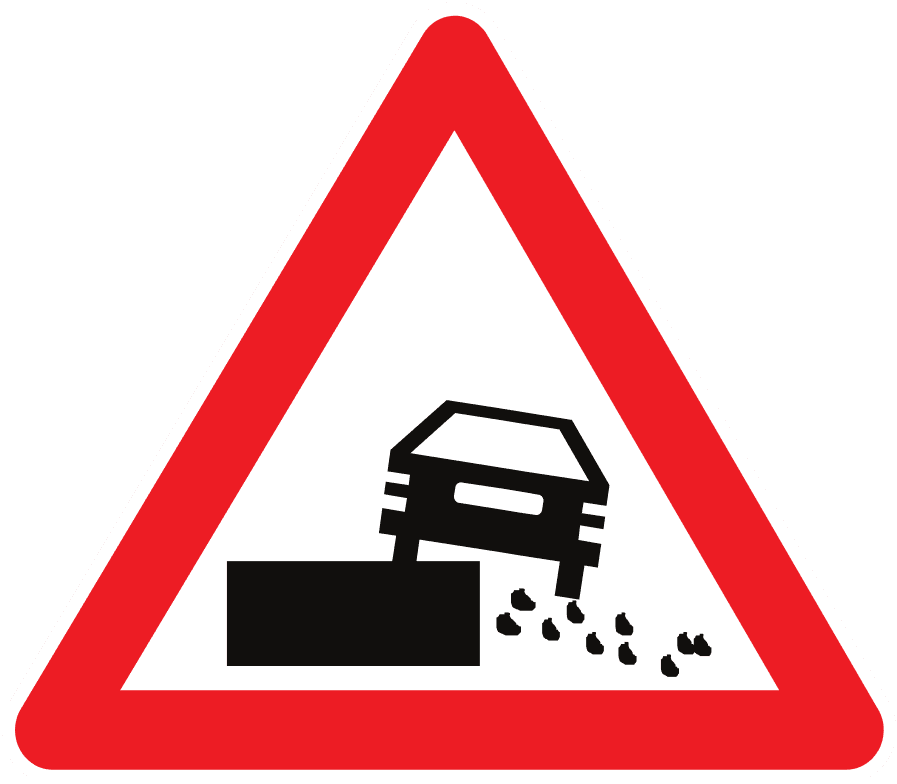
Danger Edges Traffic Sign: A triangular sign depicting a vehicle near a crumbling road edge. It alerts drivers of soft shoulders, steep drops, or unstable road boundaries, especially on mountain roads or unpaved shoulders.
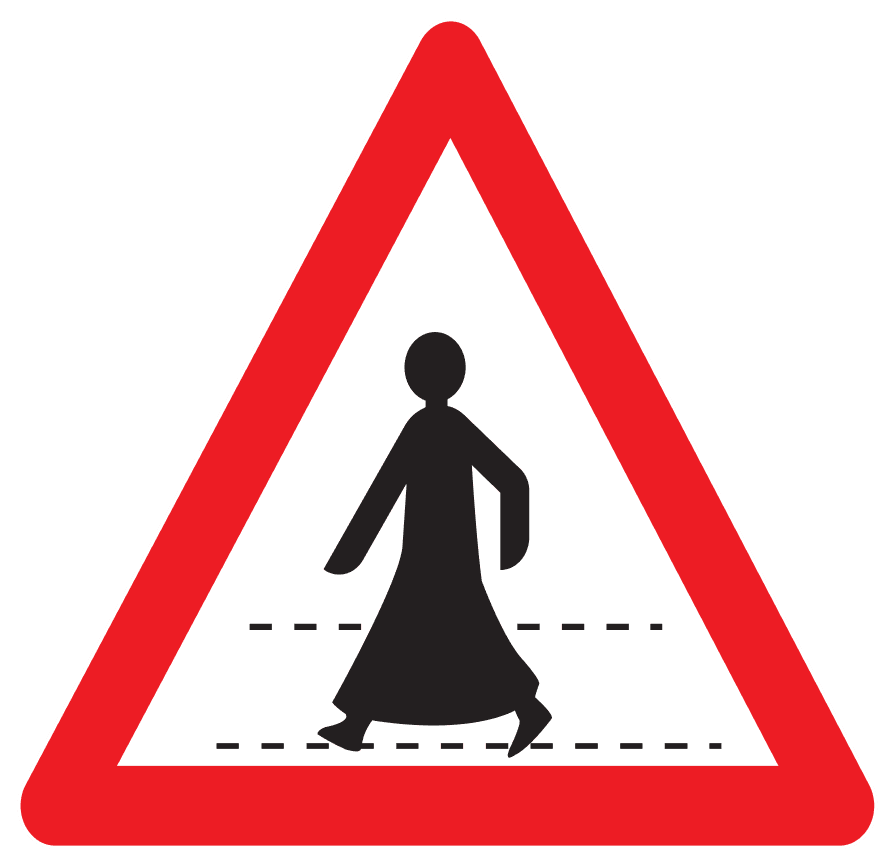
Pedestrian Crossing Ahead Sign: This triangular warning sign depicts a person crossing a striped crosswalk. It advises drivers to be watchful of pedestrians, especially in metropolitan areas, close to schools, or retail centres, and to slow down.
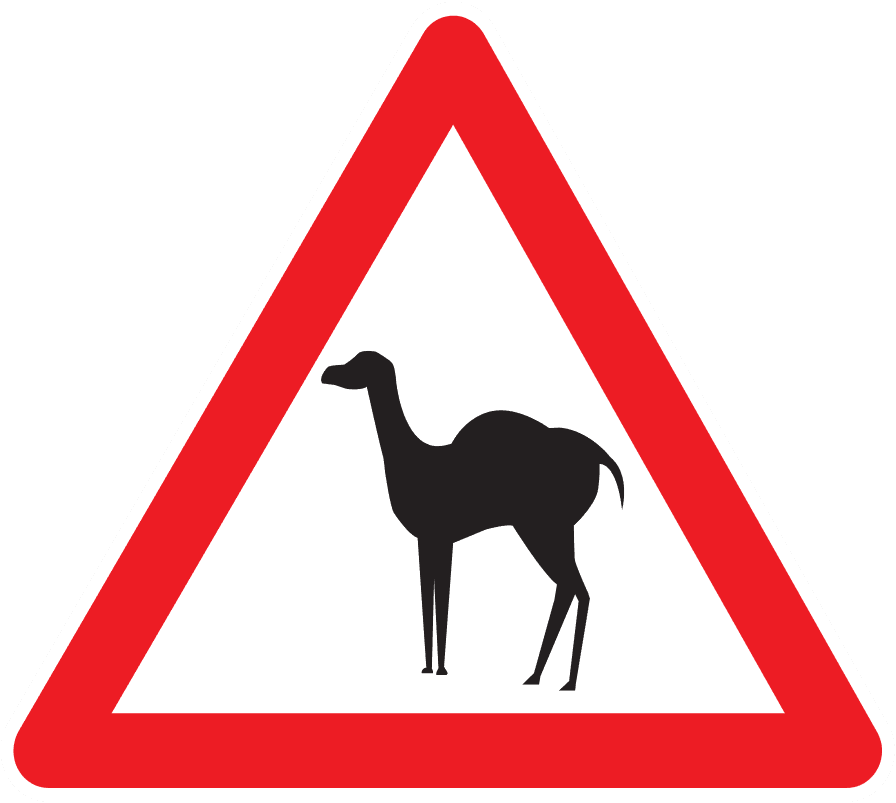
Animal Crossing / Camel Crossing Sign: A triangular sign advising motorists to be careful of animals crossing the road has a black silhouette of a camel. Especially important in desert settings around Doha, this notice helps avoid crashes in remote or open locations.
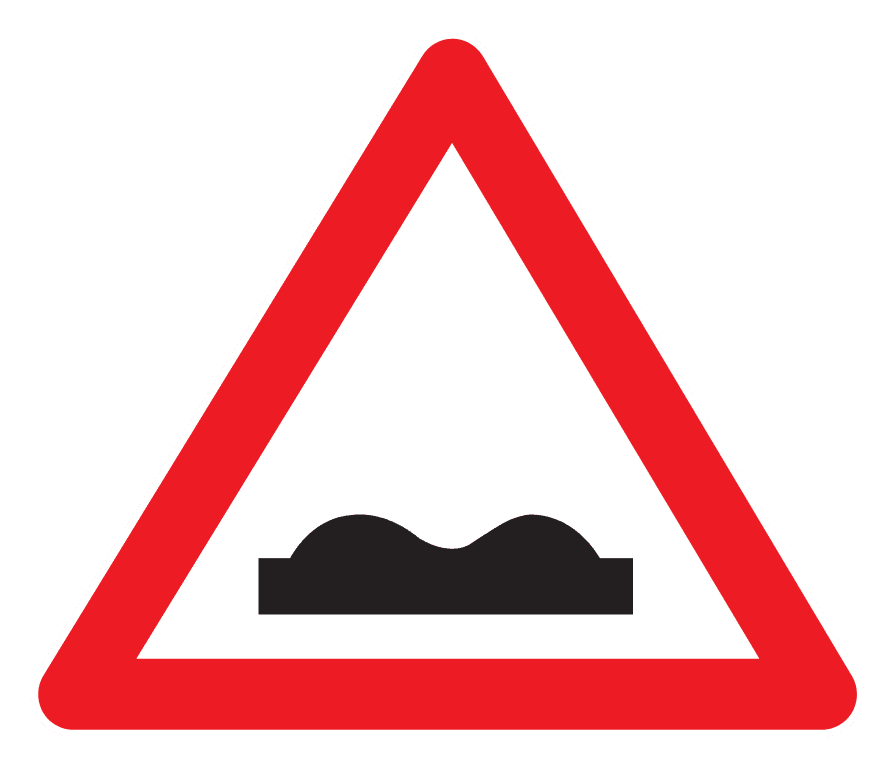
Bump Ahead / Uneven Road: A triangle warning sign with a bump or zigzag line marking coming road imperfections as speed bumps, potholes, or uneven surfaces. To prevent car damage, it is recommended that drivers slow down.
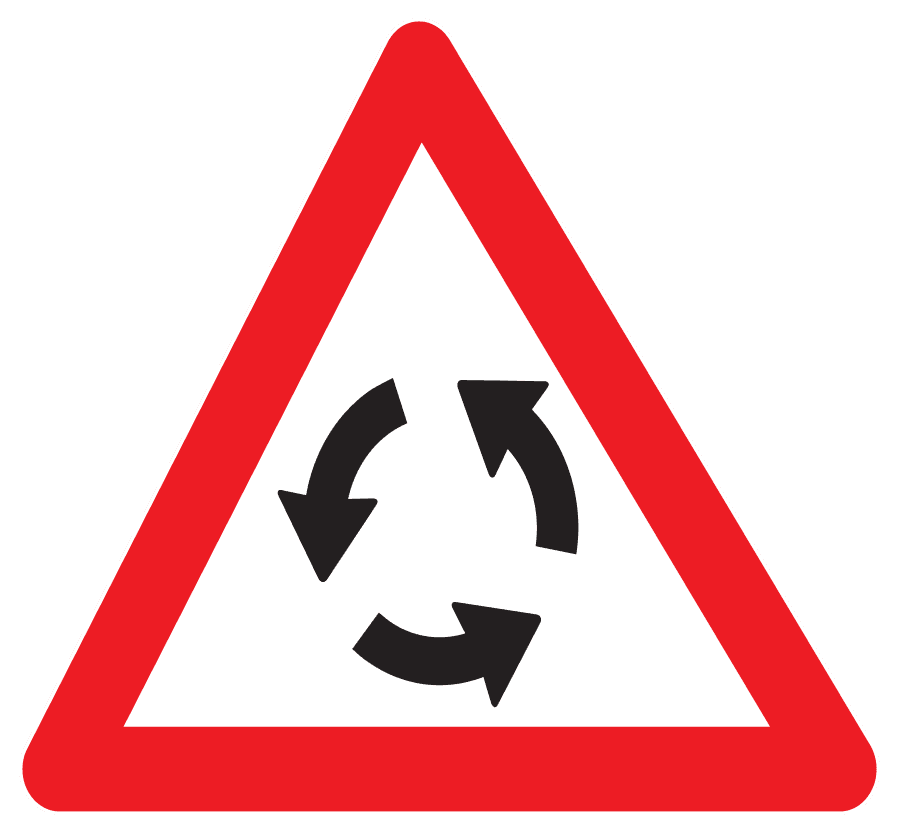
Roundabout Ahead: A triangular sign indicating the approach of a roundabout with three curving arrows creating a circle. Drivers should slow down, abide by the roundabout rules in Qatar, and be ready to merge safely.
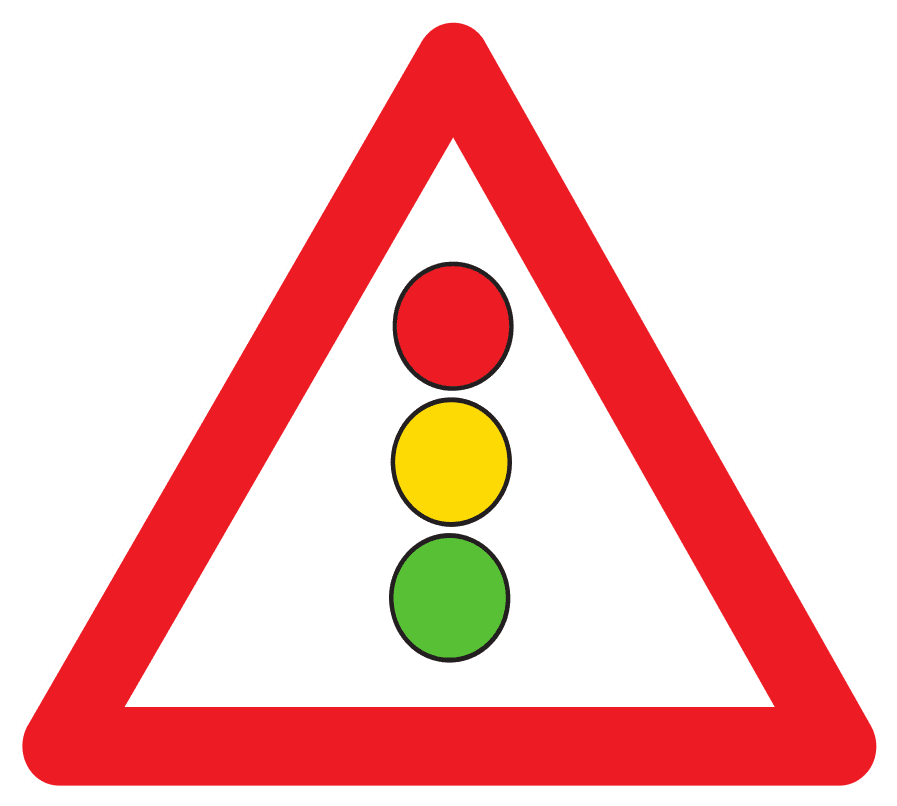
Traffic Light Ahead: A triangular warning sign showing red, yellow, and green circles on a traffic signal. It alerts cars to a forthcoming signal-controlled intersection and recommends they be prepared for a possible stop or changes in traffic flow.
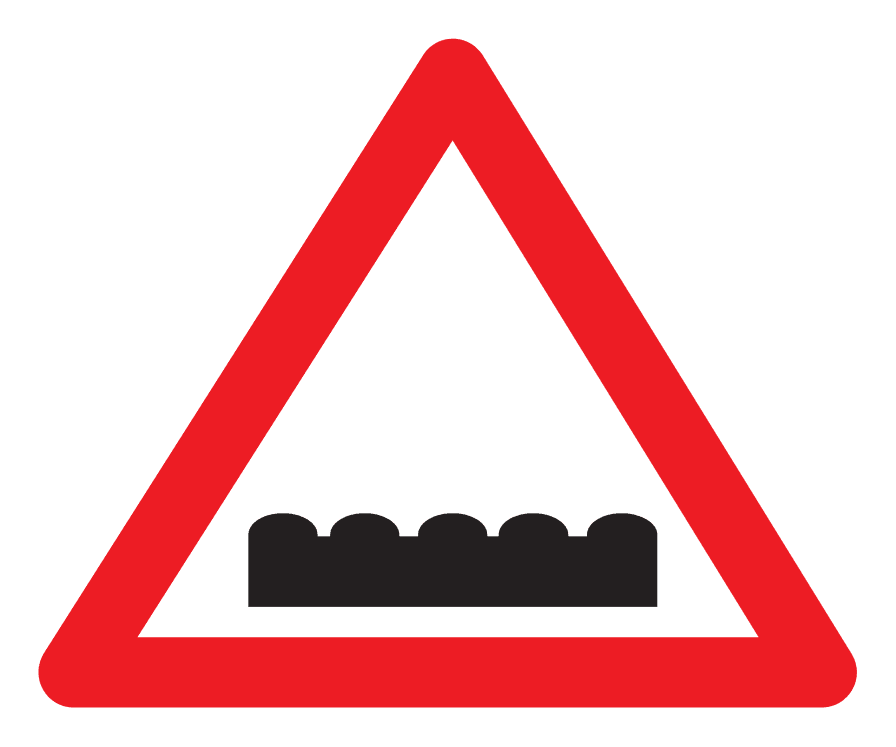
Grading Road Ahead Sign: A triangular sign with a symbol of uneven terrain or loose gravel. It warns that the road surface is under construction or unpaved, potentially affecting vehicle handling and requiring reduced speed.
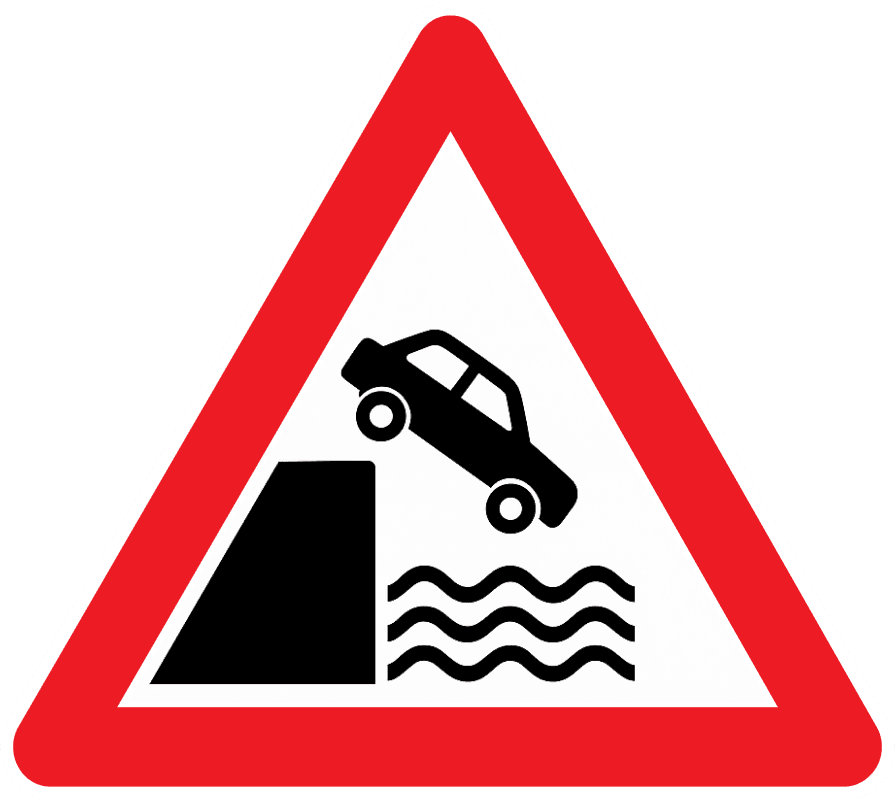
Wharf Ahead Sign: Found near coastal areas, showing proximity to ferry crossings or loading docks.
Directional & informational signs: Helping you navigate
These signs guide you safely to your destination. They are usually rectangular and come in blue or green. You’ll see them on highways, roundabouts, or approaching city zones. Their role is to provide route, service, or area-specific information.
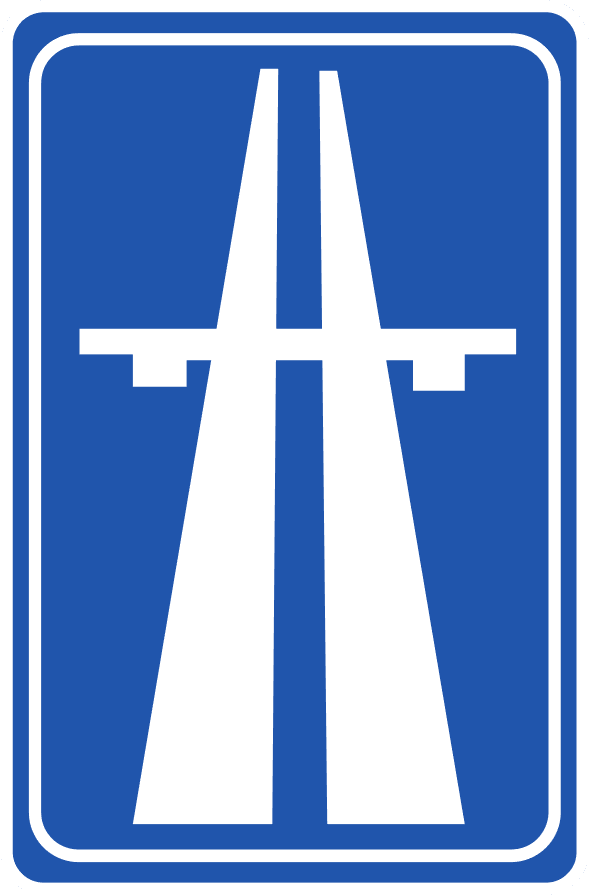
Start of Main Road: A sign indicating you’re joining a priority road, meaning this route has precedence at intersections. Pedestrians, bicycles, and slow-moving vehicles are often not allowed on this type of road.
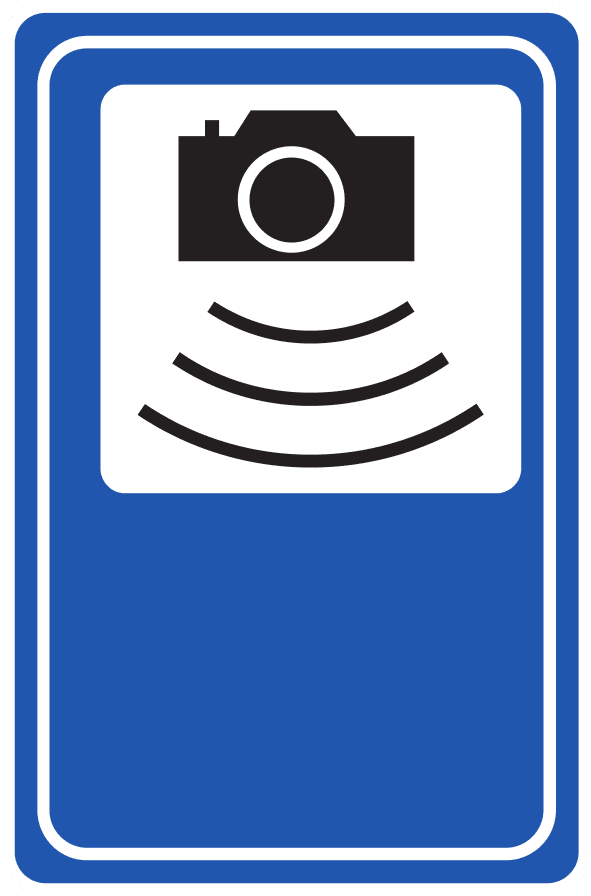
Radar Sign: A sign showing that a speed radar or traffic enforcement camera is operational in the area. Drivers should ensure they are following the legal speed limit and traffic rules, as infractions may lead to immediate penalties.
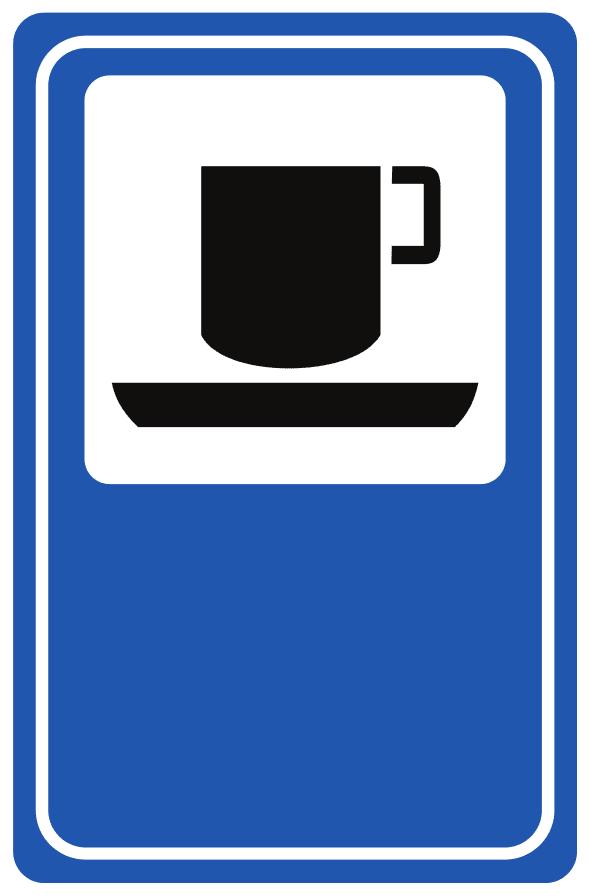
Coffee Sign: A sign indicating that you are close to refreshments, usually coffee or tea. Usually seen along roads or rest areas, it notifies vehicles of a service center where they may stop, relax, and buy hot drinks. This is particularly helpful for long-distance travelers who may need a break to stay awake and prevent exhaustion.
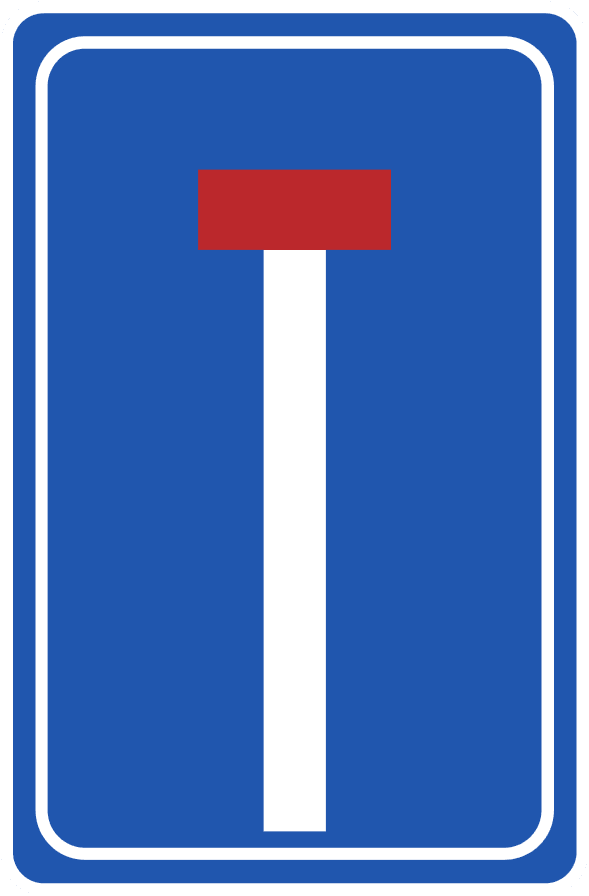
Closed Road Ahead: A sign indicating a no-through route or dead-end. The red horizontal bar on top of the white vertical line indicates the road ends ahead with no exit. Since it offers no through route, drivers should stay away from this road unless they visit a property along it.
Temporary and construction signs: Changing the rules — for now
Roadwork is a regular sight across Qatar roads, especially in expanding areas like Lusail and Al Wakrah. Temporary signs are usually orange or yellow with bold black symbols and may be accompanied by flashing lights or cones.
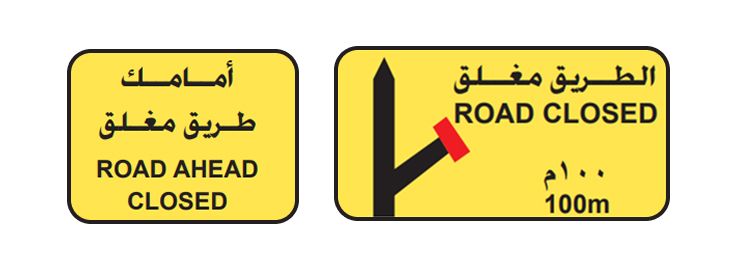
Road Closed Sign: Usually paired with cones or barriers, indicates full or partial road closure.
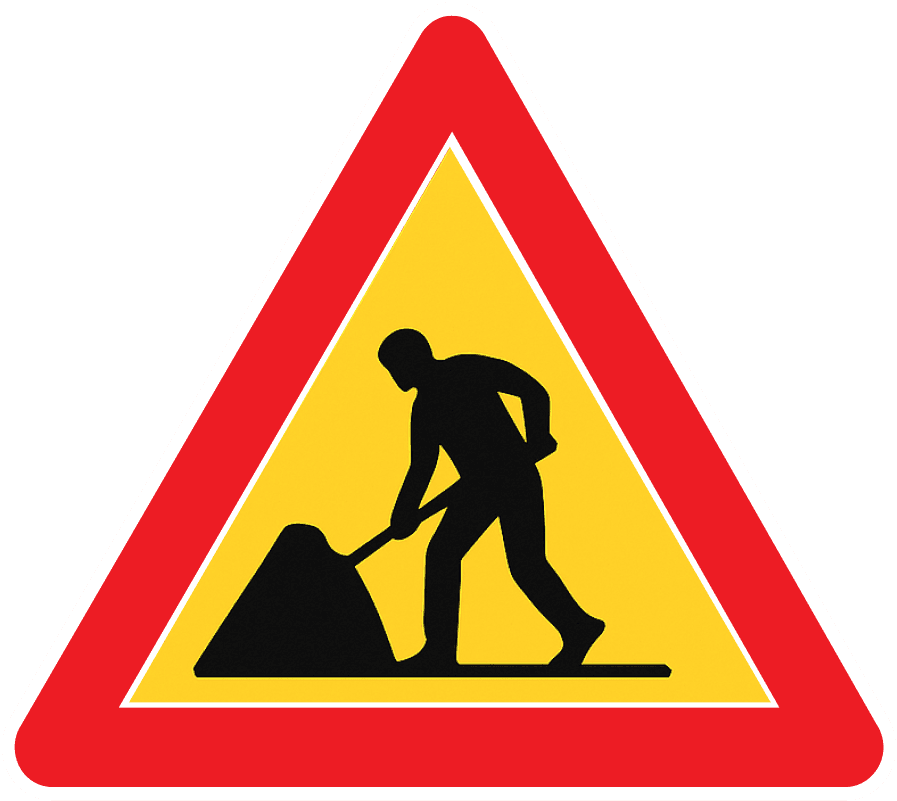
Workmen Ahead: A triangle with a man holding a shovel signals construction activity nearby.
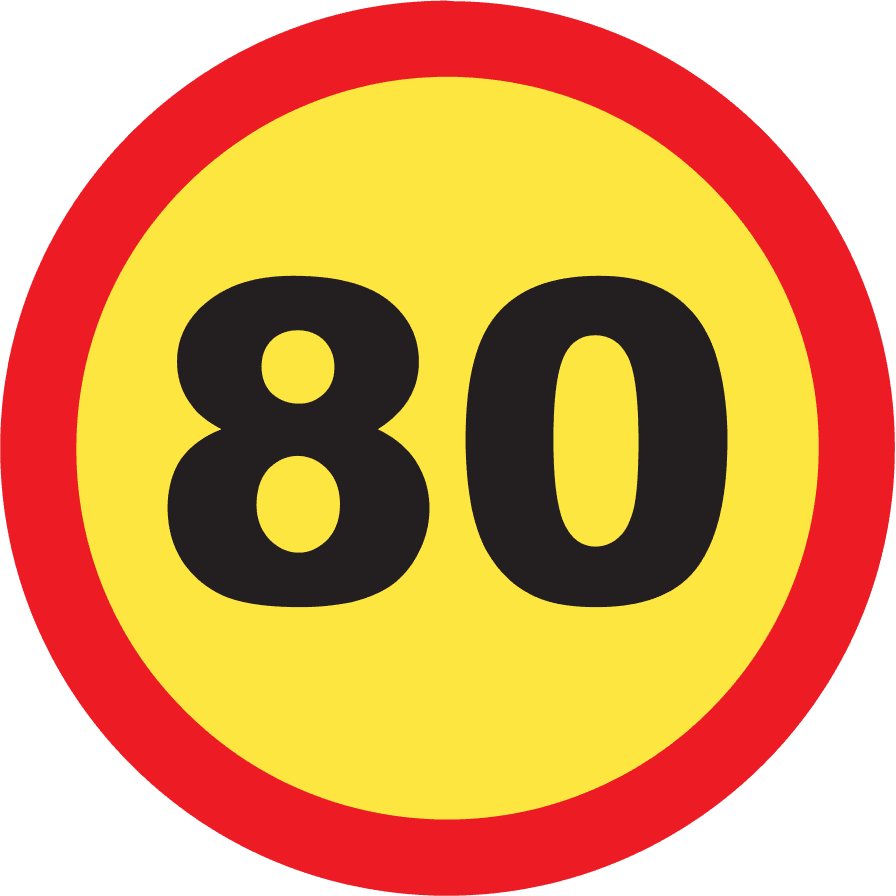
Temporary Speed Limit: Typically, due to road repairs, a temporary traffic sign indicates the maximum allowed speed on this stretch of road. The round shape with a red border indicates a legal requirement, not just a suggestion.
When approaching any construction area, reduce speed, obey signs promptly, and look for Qatar traffic police or flagmen managing the situation.
Construction in Qatar is constant, so you’ll often see temporary orange signs. These could be general road edge determination line indicators showing where the lane temporarily shifts, or traffic signal warnings ahead of new roundabouts or intersections.
What if road signs didn’t help
Let’s be honest — sometimes, things still go sideways even when you know the signs and do your best as a disciplined driver. But there are just three things you need to sort out any accident — your driving license, renew Istimara in Qatar, and a car insurance. And, of course, our complete guide to dealing with car accidents in Qatar!
